Pevensey Castle/Battle Abbey
On Saturday 8th February, a small group of Year 10 and 11 students taking GCSE History were given the opportunity to visit Pevensey Castle and the site where the Battle of...
Filter by Category
Filter by Author










































































































































































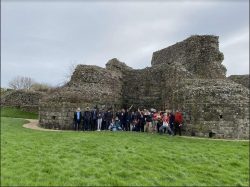
On Saturday 8th February, a small group of Year 10 and 11 students taking GCSE History were given the opportunity to visit Pevensey Castle and the site where the Battle of...
Posted by Adam Lyley
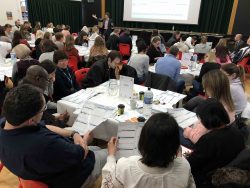
Our most valuable resource at Bushey Meads is without a doubt our outstanding staff: teachers, learning assistants and all our dedicated and talented Associate Staff. On Monday...
Posted by Jeremy Turner
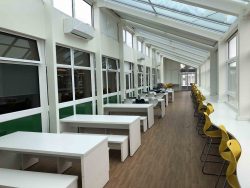
Developments to our school site continue to take place as we seek to constantly improve the learning environment here at Bushey Meads. At the recent Student Parliament Meeting the...
Posted by Jeremy Turner
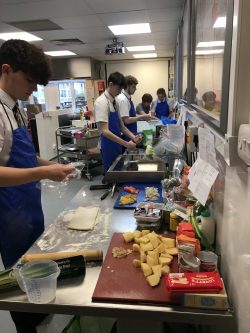
The Year 11 Food Preparation and Nutrition GCSE group completed their final food assessment. This assessment is part of their NEA 2 which is worth 35% of the total GCSE. They had...
Posted by Alison Hanbury
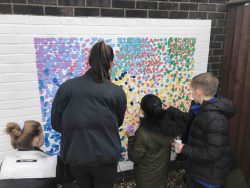
On Friday 14th February, 3 of the yr12 Fine Art students went with Miss Cole to Little Reddings school to help yr4 students paint the 2nd half of their outdoor mural, based on the...
Posted by Sam Cole
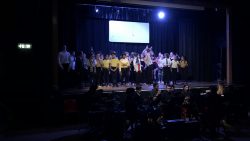
The packed audience in the Main Hall enjoyed a simply stunning evening of music and dance performances on Wednesday evening of this week. Talented musicians, dancers and...
Posted by Jeremy Turner

Key Stage 3 Imogen 7 Elm – Imogen is a hardworking and conscientious student who has made an excellent start to her BMS journey. She has an excellent attitude to learning,...
Posted by Kashan Malik
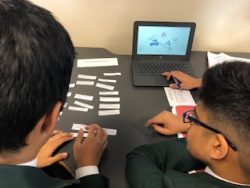
On Tuesday 11th February, world Safer Internet Day, our year 10 French GCSE students spent a lesson learning about French vocabulary associated with internet use, the dangers of...
Posted by Victoria Hargreaves

Posted by Sara Ash - Deputy Headteacher
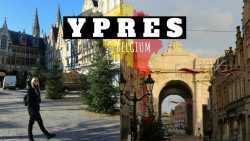
The Modern Foreign Languages and History departments are organising an overnight visit to Belgium to visit the First World War trenches for Year 9 students (current year 8s ) who...
Posted by Nicola Paddick
On Saturday 8th February, a small group of Year 10 and 11 students taking GCSE History were given the opportunity to visit Pevensey Castle and the site where the Battle of Hastings took place. Prior to this trip, we were taught the Norman England topic featuring in our GCSEs and this experience enabled us to put our knowledge into practice and enable visual learning.
With an early start at 6:40, we began the day feeling rather lethargic. Following a 2hr 30min coach journey, we arrived at Pevensey at 9:45. Our arrival at Pevensey Castle was earlier than expected, giving us the chance to explore the town which was around it. We noticed how it was much smaller than the city we are comfortable living in but nevertheless, it was certainly interesting to explore. After the doors to the castle opened, we were immediately able to recognise key features of a typical Norman Castle i.e. the moat, the keep, and the drawbridge. Most students particularly enjoyed purchasing counterfeit weapons from the gift shop and imitating a typical sword battle.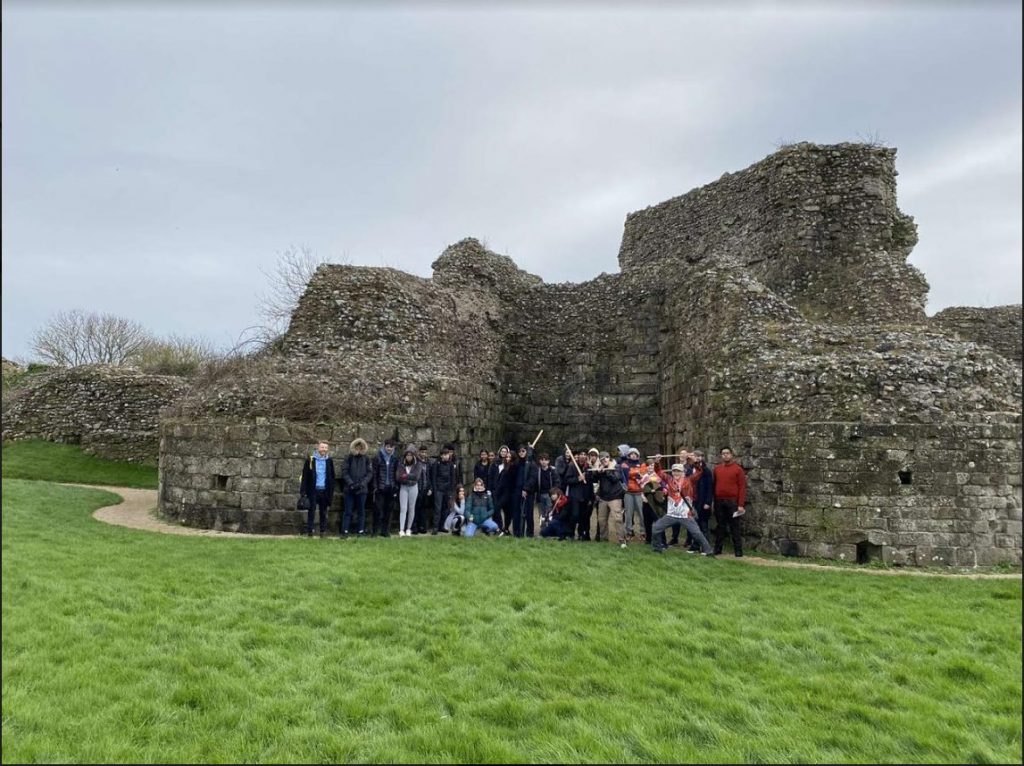
After leaving Pevensey, we set off on a short journey to Battle Abbey. This was the place where the notorious Battle of Hastings took place in 1066, which resulted in the death of King Harold Godwinson and the coronation of the Norman King, William the Conqueror. At the site, many interesting exhibitions were set up – some even showcasing and pinpointing the exact spot where Harold was supposedly shot in the eye. 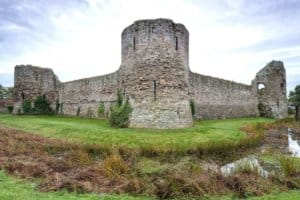
A stroll around the abbey was eventually brought to an end as we prepared for a 3-hour journey heading home. On the whole, this trip was a thought-provoking, enjoyable and educational experience which allowed us to engage with our learning whilst providing a useful revision resource. This trip has allowed us to have a better understanding of what to expect in our 20 mark question and will ultimately help us in our GCSE History exam in early June. We would also like to thank the three teachers: Mr Lyley, Miss Dunsby and Mr Dowty for giving up their Saturday so they could make this trip happen.
By: Zara and Dhwani
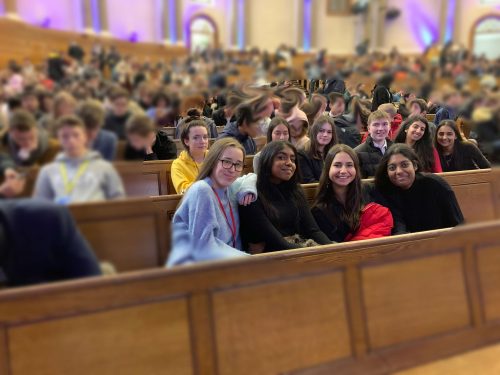
Thirteen KS5 Maths students recently attended the Maths In Action event at the Emmanuel Centre. There were five guest speakers, talking about topics such as the Mathematics behind...
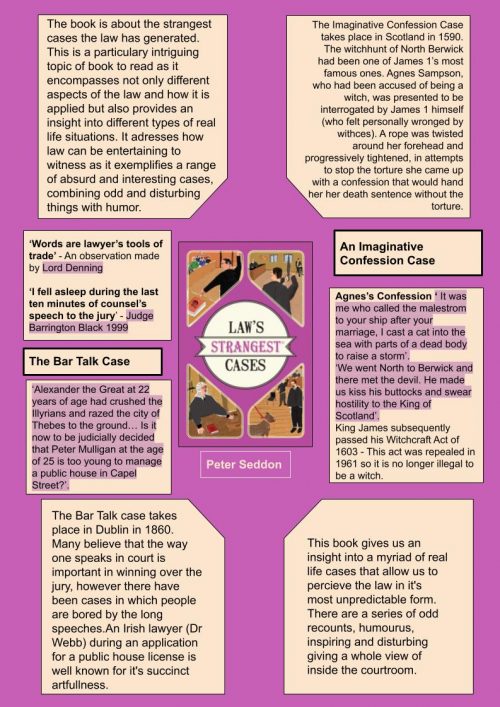
Hannah Barry, year 12 law student, has ‘Stepped up to the Challenge’ by researching the strangest cases in law.